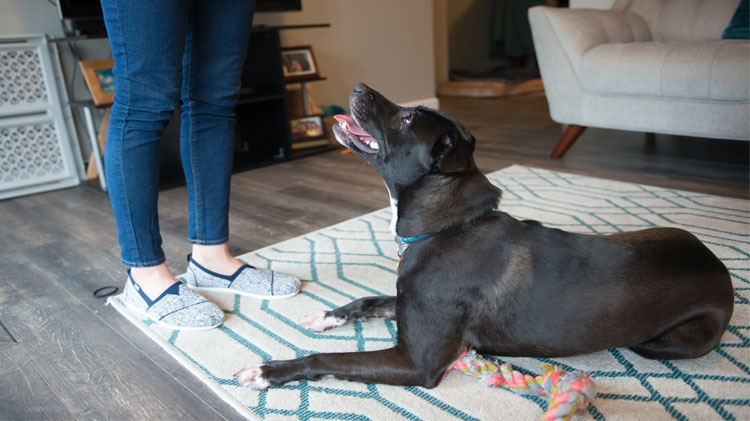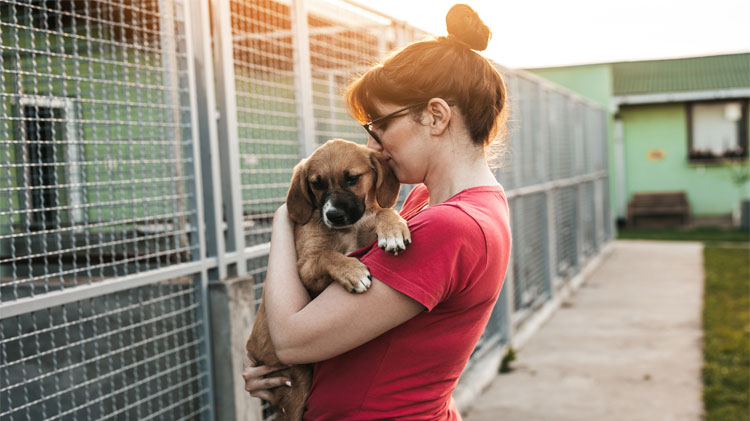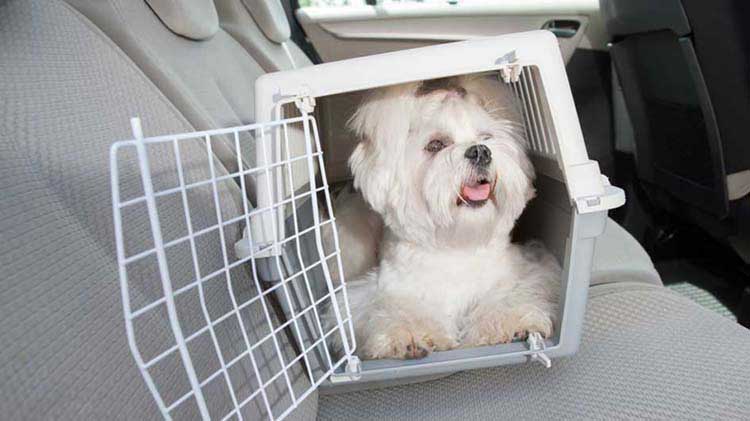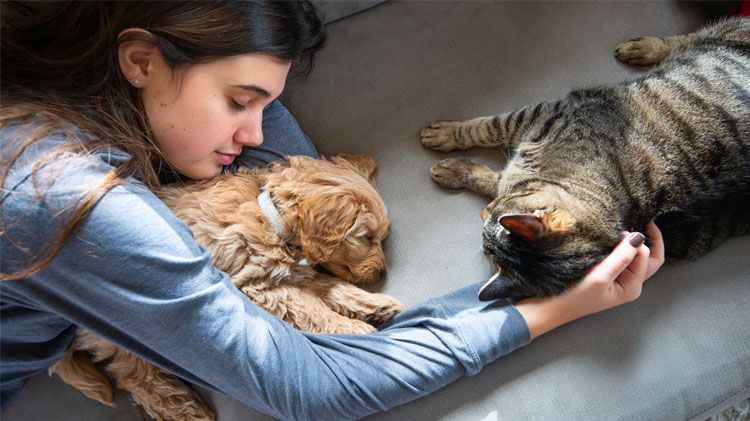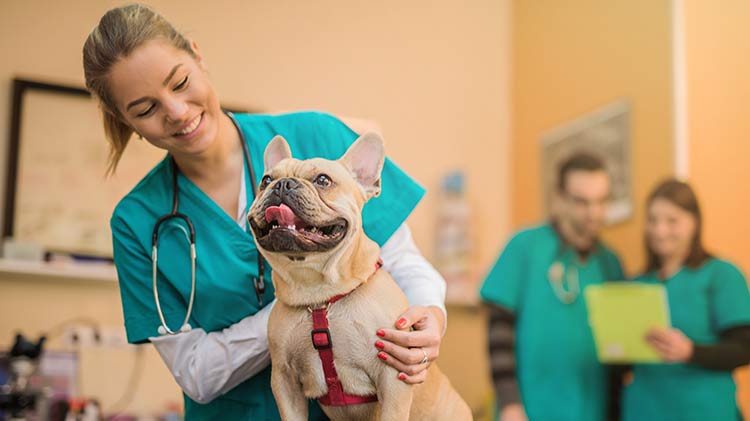How to help with separation anxiety in dogs
Learn about separation anxiety in dogs and how you can help your furry family member.
Your dog may react to change in their environment differently. Some pets don't mind a change in schedule or routine, while others may start to become stressed. Separation anxiety in dogs may be common and they need time to adapt and learn a family's new schedule.
What is separation anxiety in dogs?
Separation anxiety in dogs can occur at any time during their lifetime. In fact, your pet may experience separation anxiety as a puppy, adult dog or senior. There may be a number of reasons why your pet has separation anxiety. For example, has your schedule recently changed, are you back to work or are kids back to school? Naturally, your pets are part of the family and if there's a change in your routine, your pet may start to feel the effects of the schedule change. After all, your dog may love being around the family!
Signs of separation anxiety in dogs
Your pet may miss you while you're gone and the stress of you being gone may manifest in different ways. In fact, some pets become destructive, while others may tend to be more vocal. Check out the list of possible ways your dog may exhibit stress while you're away.
Consider the following symptoms:
- Excessive barking or howling
- Excessive chewing
- Destroying objects or items
- Going to the bathroom in the house when they're potty trained
- Pacing and whining
If you're unsure if your dog is experiencing separation anxiety, talk to your veterinarian. Their expertise and guidance can help determine the next best steps for your furry friend.
Tips to help your dog with separation anxiety
If your pet does have separation anxiety, it may take time for your pet to feel better. For example, it can be stressful for them that you're not home, so working with your veterinarian is important for your specific situation. Also, every dog is different and they may require different approaches to help with their separation anxiety.
Consider the following treatment options:
- Check-in with your veterinarian and make sure you keep them updated on your pet's progress.
- Practice leaving your pet for a certain amount of time and reward upon your return.
- Pet enrichment and interactive toys can help ease your pet's anxiety while you're away. Consider keeping your pet's favorite toys out for them to play with while you're away.
- Noise machines like white noise and fans can help your pet if they're feeling uneasy or anxious.
- Reward positive behavior. This can help your pet learn and enrich the training process.
- If you know your schedule may be changing, help prepare your pet with a test run so they can get used to the routine.
- Provide a pet-friendly and safe space. This may include toys, a pet bed, blankets, crates and pet enrichment.
- Spend quality time with your furry friend when you're home. This may help your pet's stress and also can help solidify the human-pet bond.
Separation anxiety in dogs may take time
Pets make great companions and their friendship is priceless. Naturally, no pet owner wants the stress of a dog experiencing separation anxiety. If you need to seek medical care for your pet, research your pet health insurance options. You want to make sure your dog can get the medical care they need. Most of all, with patience and love, guidance from your veterinarian and a positive training schedule, your pet may be greeting you at the door in no time at all!
Discover how a pet insurance policy can be there throughout your pet's lifetime.
Terms and conditions do apply. We love informed decisions. See the Trupanion policy for full coverage details.
